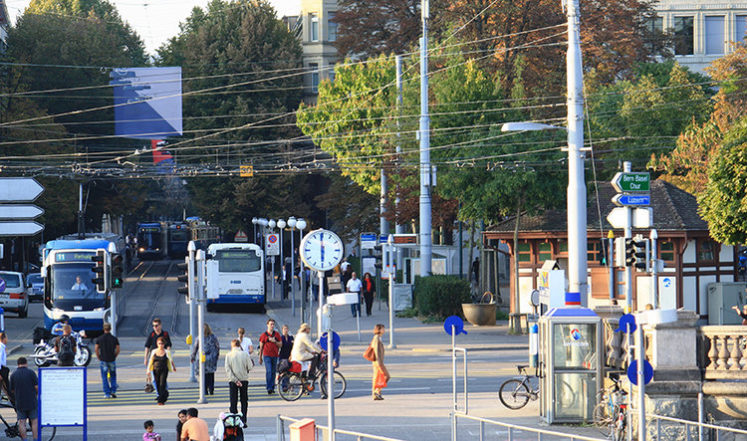

Americans love competition. Everybody knows that; it’s in our DNA.
Well, then how do we feel about being shut out of the Top 25 cities on Dutch design giant Arcadis‘s Sustainable Cities Index 2016?
Now in its second year, the index has been expanded from 50 to 100 cities and its methodology has been refined to draw on seven new indicators, bringing the total number of sustainability measures to 32. In fact, the new index is so much more detailed than its 2015 predecessor that its accompanying press release says, “It would be inaccurate to compare the (2016) rankings to last year’s.”
Well, okay, but let’s indulge ourselves for a moment. Last year’s list at least had three U.S. cities (San Francisco #7; Boston #15; and Chicago #19) in the Top 20. This year’s U.S. crop is led by New York City (#26); Boston (#34); San Francisco (#39); Seattle (#43); and Washington DC (#44). Chicago (#60) slipped 41 slots on the expanded list, but overall, the U.S. still placed 22 cities in the Top 100. See the complete 2016 ranking below.
Europe leads, by far
Topping the new and improved sustainability index is Switzerland’s most populous city, Zurich. It leads, writes Arcadis, for its “aggressive approach to tackling climate change and resource scarcity, with a goal set to use 2,000 watts of energy per capita. The city is also recognized for investing in energy efficiency and renewable energies, sustainable buildings, and a highly coordinated public transit system. Zurich is also leading the health ranking globally. All of these factors make Zurich an attractive place to live, work and invest, despite being hampered by lack of affordability and work-life balance.”
Striving for that balance can be crucial. The index rests on what Arcadis says are “the three pillars of sustainability”: People, Planet, and Profit. A score for each is developed via an analysis of 32 different indicators, weighing factors such as income inequality; education; crime; affordability; energy use; potable water; sanitation; green space; transportation; economic development; and employment.
“A city’s built assets perform optimally when planned and installed to accentuate the living experience of its people”
With all that factored in, European cities dominate the Top 20, placing 16 in that subset. Asia only has four cities in that group, but Singapore (#2) just missed tying Zurich for the lead, and Seoul, South Korea (#7), still ranked higher than Copenhagen and Paris.
“A city’s built assets —buildings, transportation networks, pedestrian thoroughfares— perform optimally when planned and installed to accentuate the living experience of its people,” says John Batten, Arcadis global director of cities, and author of the report. “Getting a city to invest, develop, evolve and ultimately, be a better host for its permanent residents, will propel it to become more sustainable and competitive.”


- For an interactive summary of the full rankings and findings, click here.

Discussion
Be the first to leave a comment.
You must be a member of the BuiltWorlds community to join the discussion.